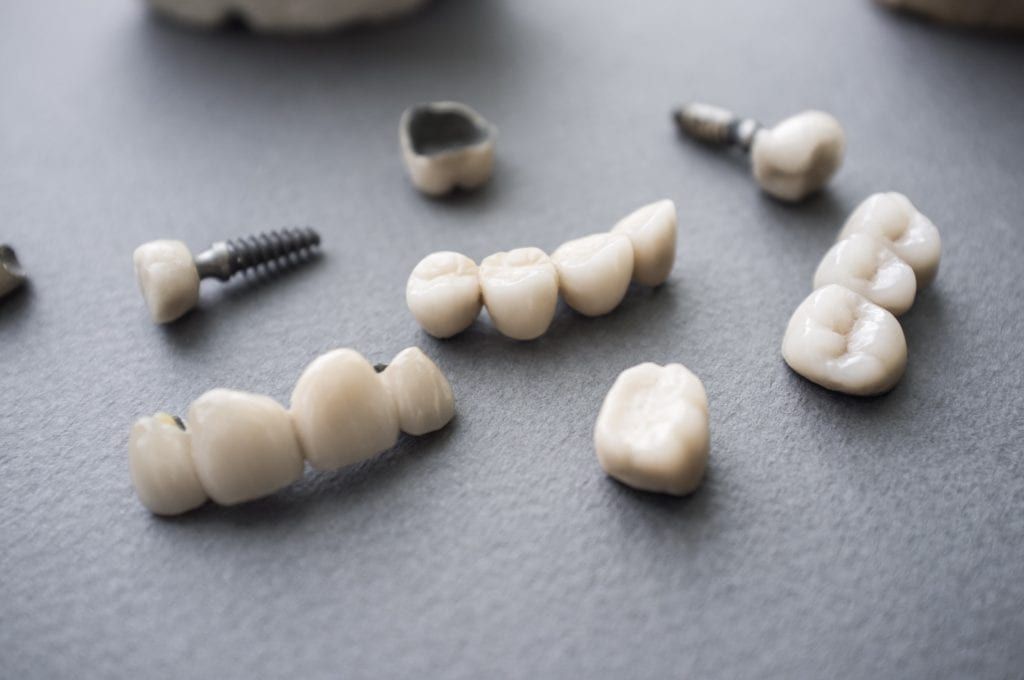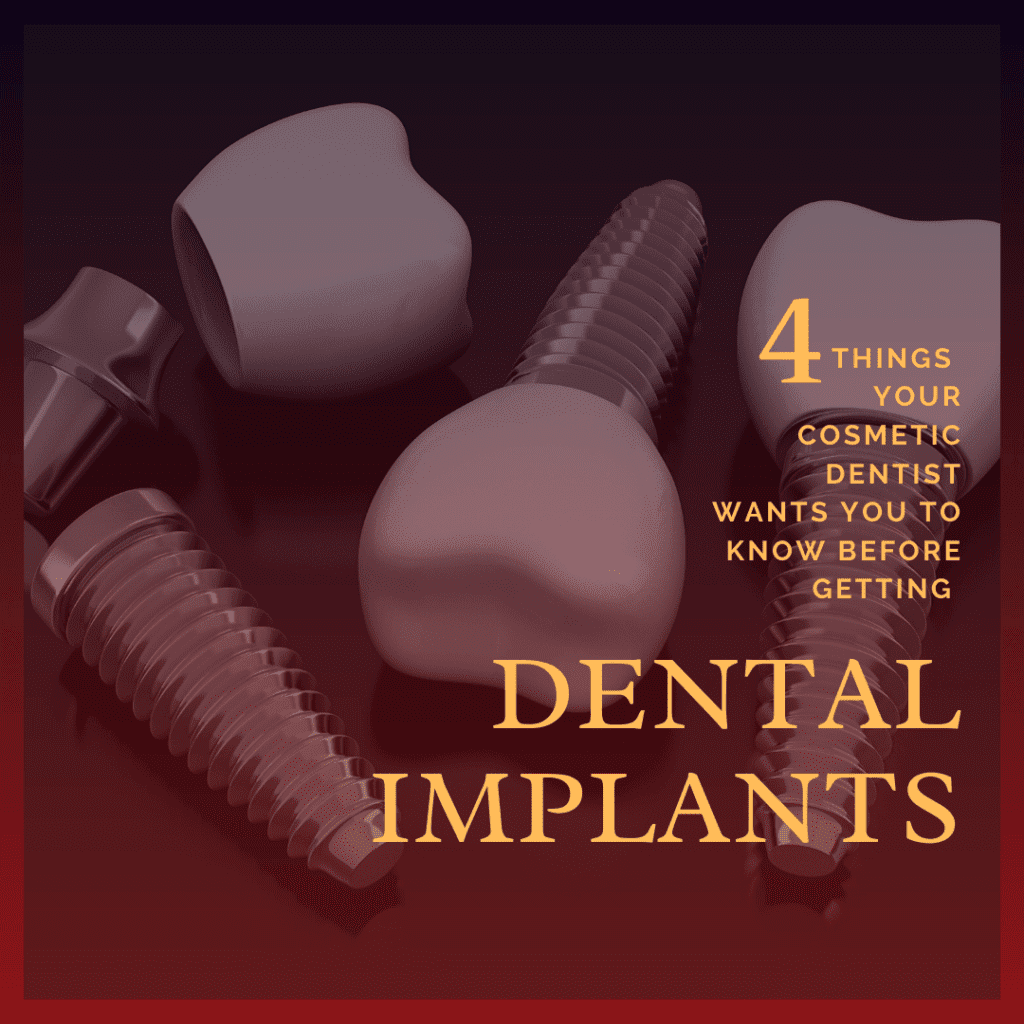Out of all the various cosmetic dental treatments for replacing missing teeth, dental implants are perhaps the best restorative treatment. Over the last few years, dental implants have become increasingly popular for their aesthetic appearance, durability, longevity, and their ability to prevent bone loss. All of these characteristics can be attributed to the fact that dental implants are the only restorative method that is implanted into the jawbone.
Since they are unique to other restoration methods, there are certain things about them that are different from other types of restorative dental treatments. To determine if dental implants are right for you, it is important to consider the things that make dental implants unique. Here are five things your cosmetic dentist wants you to know before getting dental implants:

Different Sizes and Types May Be Used
There are two different types of dental implants: endosteal and subperiosteal. Endosteal implants are most commonly used and are available in three sizes: standard, wide, and mini. Depending on the location where the dental implant is being placed, one of these three sizes will be used. Subperiosteal implants are not implanted into the jawbone and sit below the gum line on top of the jawbone. For this reason, they are not as strong as endosteal implants and are not as commonly used.


There are Options for Dental Prostheses
When having dental implants placed, you will need to decide what type of dental prosthesis you are planning on getting. To restore a single missing tooth, only one dental implant and a dental crown are needed. However, replacing multiple missing teeth may require multiple dental implants, as well as the choice of an implant-supported bridge or implant-supported denture.

Dental Surgery is Required
Since dental implants are placed into the jawbone, a minor dental surgery is needed. During this procedure, a tiny incision will be made in the gums and then the empty tooth socket in the jawbone will be properly cleaned and shaped. The implant screw will then be placed with the connector attached and the gums will be sutured up around the connector so that it is visible above the gum line. In many cases, a temporary restoration will be placed while the implant heals.

You Need to Commit to Recovery
While committing to post-treatment care is important with any dental treatment, it is exceptionally important for dental implants. Dental implants require the longest recovery period of any other dental restoration. This is because they must undergo a process called osseointegration, in which the implant screw fuses with the surrounding bone. Osseointegration is what gives implants their strength and durability, and must occur for treatment success. This means that for about 3-6 months patients must closely adhere to any dietary or other guidelines provided by their cosmetic dentist.
Ultimately, dental implants are different than other dental restoration methods and you should consider these five things before getting dental implants. Carefully considering these things are a good first step, however it may also be beneficial to speak with the best cosmetic dentist in your area to get more information on how these things will affect you specifically.

Dr. Sadati possesses extensive experience in all aspects of advanced restorative dentistry, with an emphasis in cosmetic and implant dentistry. He has attained Accredited Fellow status in the American Academy of Cosmetic Dentistry (AACD), the most rigorous, demanding credentialing process in the world. He is the only AACD Accredited Fellow in South Florida.


